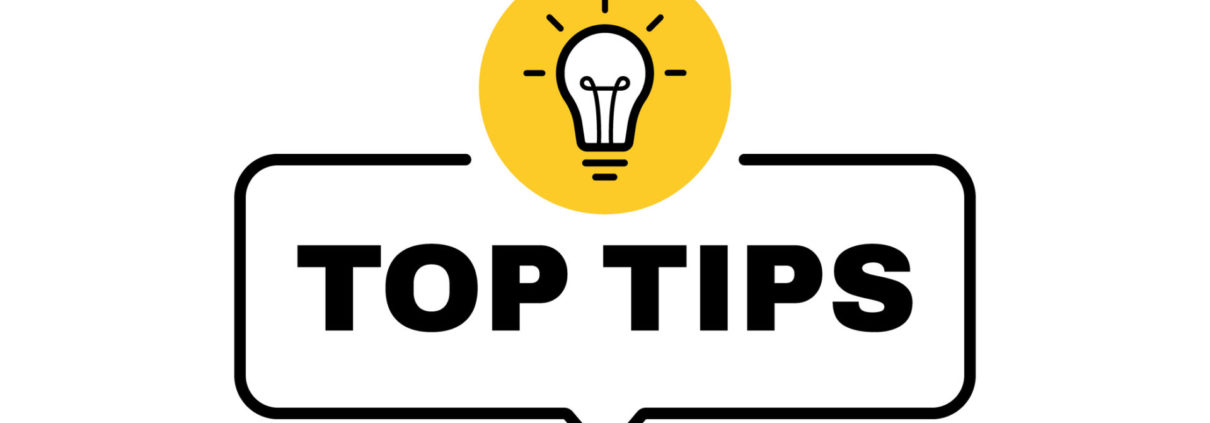Four Tips for Navigating Pharmacy Compliance Audits in 2022
by Tracie Acosta, CPh, Published March 11, 2022 by Pharmacy Times
In recent years, the auditing process has evolved into a full-blown investigation, often requiring pharmacies to submit hundreds of pages of documentation
Compliance audits launched by pharmacy benefit managers (PBMs) have long been a cause of frustration for pharmacies, especially independent community pharmacies with limited manpower and resources compared to large chains. This challenge has only magnified since the onset of the COVID-19 pandemic in early 2020.
PBMs have adapted their practices by switching to virtual audits, leaving them with the ability to review more claims than ever before. As a result, pharmacies that are juggling the chaos of audit documentation, vaccine distribution, prescription refills, and a plethora of other responsibilities stand to lose. It’s no wonder that the average audit in 2020 cost pharmacies $23,978, which is 35% more than the annual average over the previous 5 years, according to the pharmacy audit assistance service, PAAS National.
Traditionally, a PBM would simply check that the pharmacy received a valid prescription, dispensed the proper amount according to the prescription, and submitted a claim for the correct amount dispensed. But in recent years, the auditing process has evolved into a full-blown investigation, often requiring pharmacies to submit hundreds of pages of documentation—and auditors can even use minor clerical errors as excuses to deny payments.
As pharmacy compliance audits grow in sophistication, it’s up to pharmacies to remain diligent in monitoring their operations, especially the following aspects of their operations in 2022. Here are some tips for getting ahead of and managing audits in the year ahead.



